Case 05 The Kaleidoscope Robot
Introduction
Kaleidoscope painting is an art form inspired by traditional kaleidoscope installations. In this type of painting, artists use a variety of colourful materials and techniques to create fascinating kaleidoscopic effects. They create optical illusions and visual feasts through detailed patterns, cyclical geometric shapes and strong colour contrasts. Kaleidoscope paintings often reveal gorgeous and mysterious images that bring the viewer a psychedelic and wondrous artistic experience.
In this lesson, students will learn how to use the Nezha Inventor's Kit V2 to create a kaleidoscopic robot that can draw different patterns. Through this case, we will learn the principles of motor control, programming concepts and the integration of art and science. Through hands-on building and practice, students will develop creativity, problem-solving skills and teamwork.
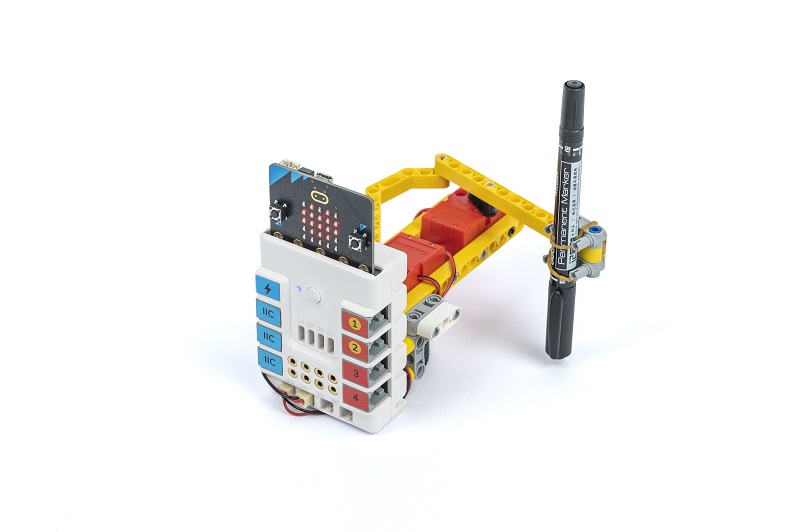
Teaching Objectives
- Understand how motors work and how they are controlled.
- Master the basic skills of building kaleidoscopic robots using blocks.
- Learn to control the speed of the motor through programming to achieve different patterns to draw.
- Develop creativity, problem solving skills and teamwork.
Teaching Preparation
Teaching Process
Introduce
Introduce students to the background and objectives of Kaleidoscope Robotics to stimulate their interest and curiosity.
Kaleidoscope painting is an art form inspired by traditional kaleidoscope installations. In this type of painting, artists use a variety of colourful materials and techniques to create fascinating kaleidoscopic effects. They create optical illusions and visual feasts through detailed patterns, cyclical geometric shapes and strong colour contrasts. Kaleidoscope paintings often reveal gorgeous and mysterious images that bring the viewer a psychedelic and fantastic artistic experience.
If we could create a robot to paint kaleidoscope patterns, how do you think it would work? Have you thought about how to control the movement of the robot and draw different patterns?
Exploration
In small groups, students will be asked to think about how to create a kaleidoscope robot using block materials, focusing on the relationship between the kaleidoscope pattern and the movement of the motor.
- Understand how motors work and how they are controlled.
- Master the basic skills of building a kaleidoscopic robot using blocks.
- Learn to control the speed of the motor through programming to achieve different patterns to draw.
- Develop creativity, problem solving skills and teamwork.
Practice
Work in groups to create a kaleidoscopic robot using block materials according to your own design plan.
Create a kaleidoscope robot out of building blocks according to your own design.
Examples
Assembly Steps
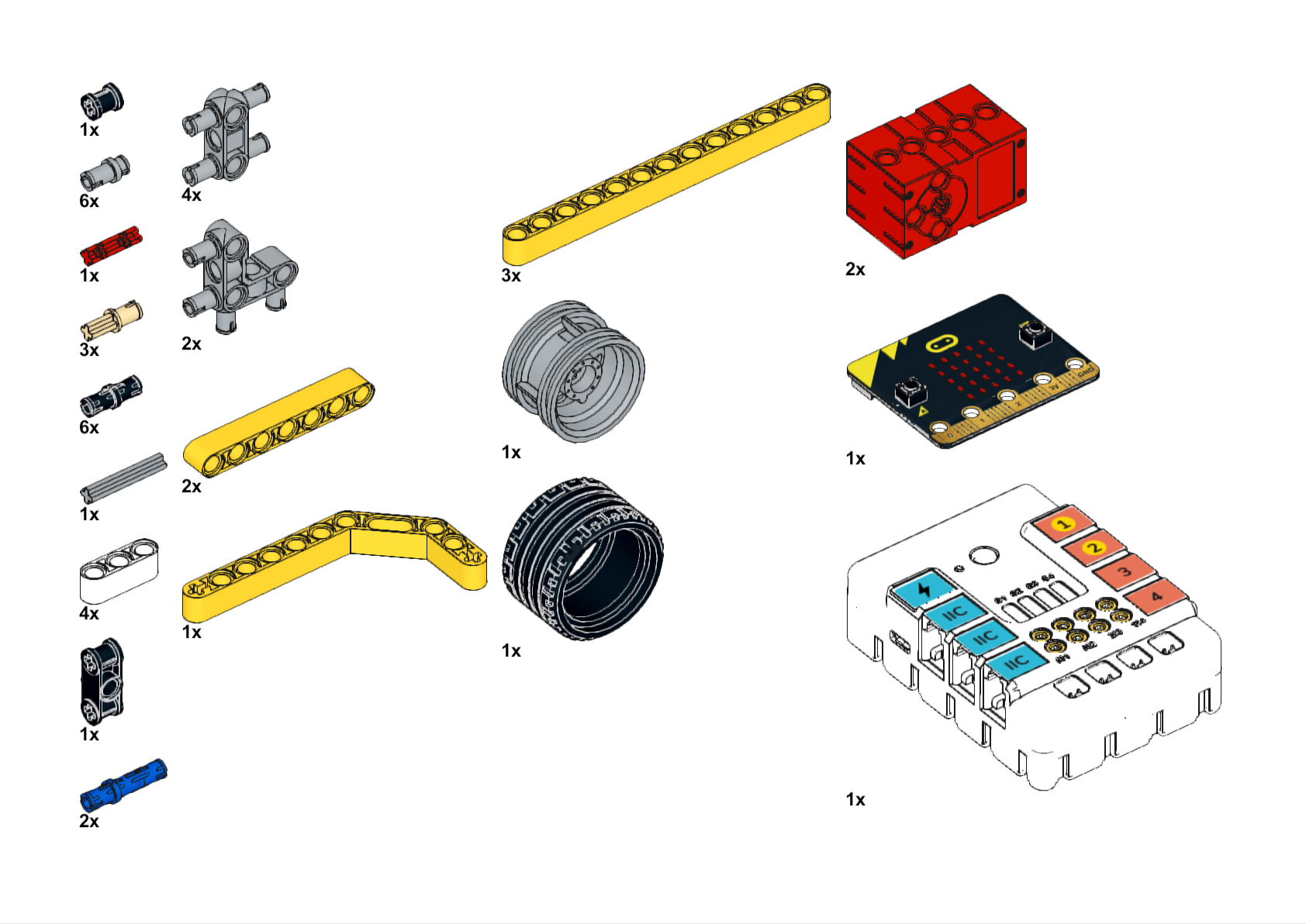
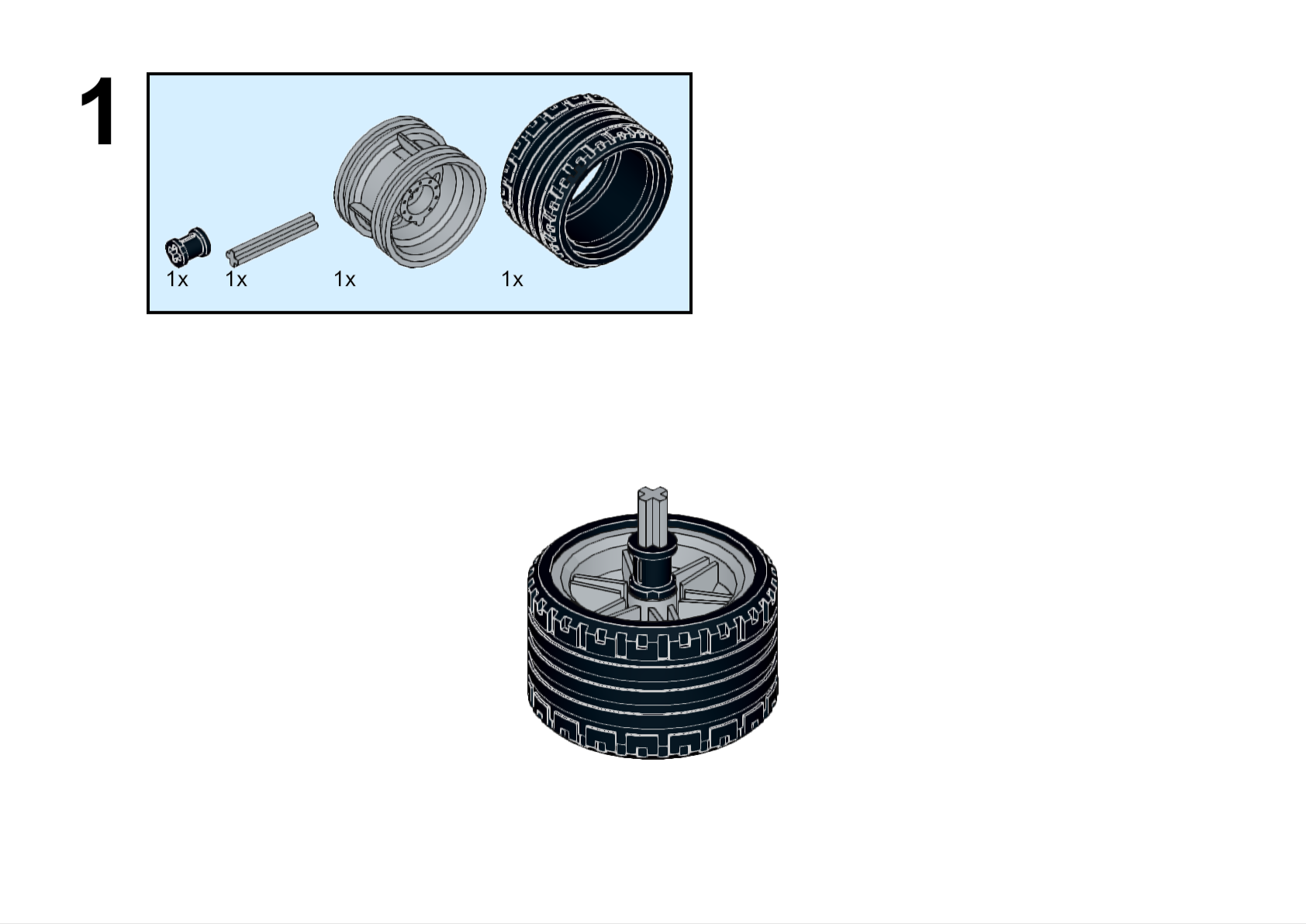
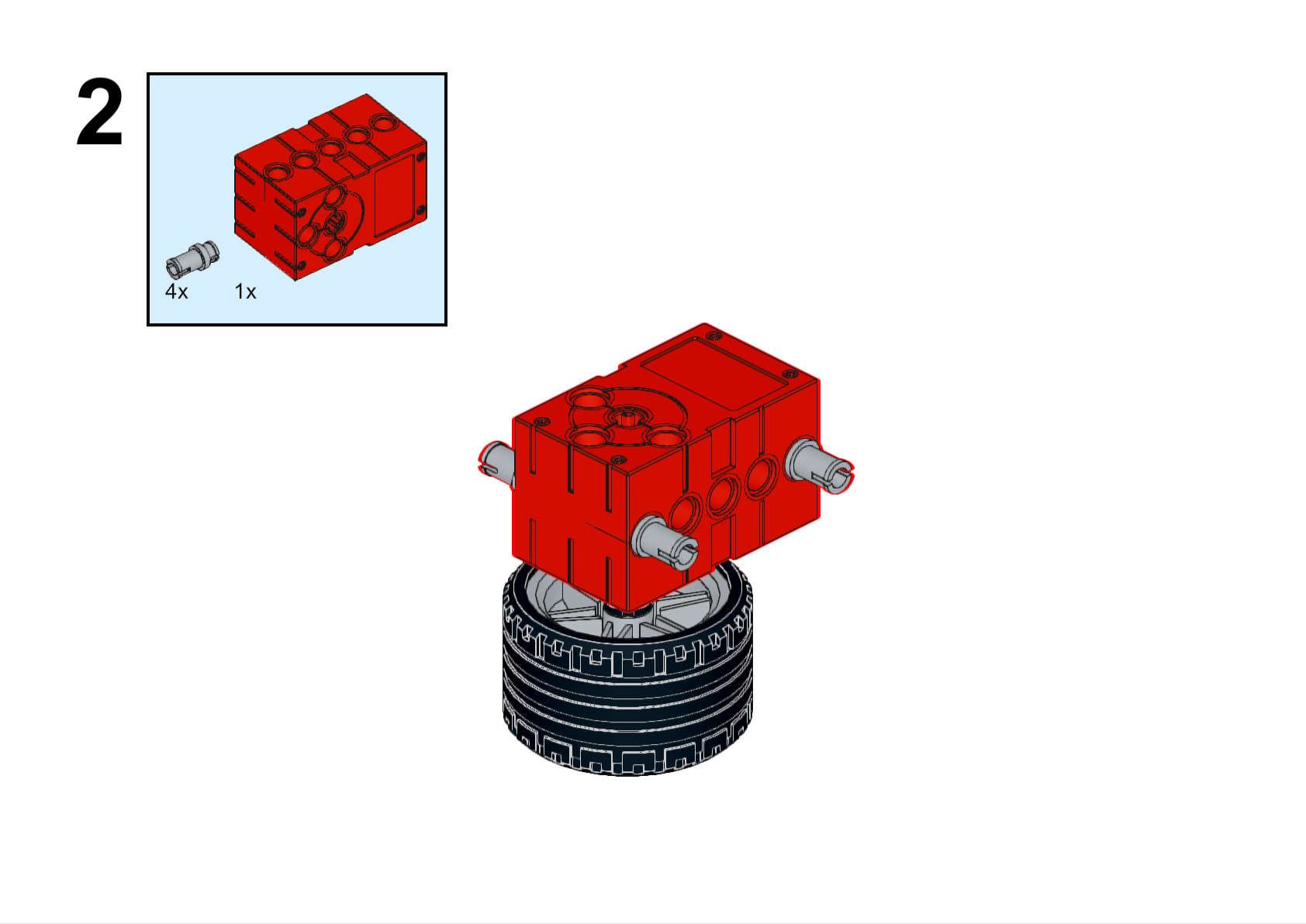
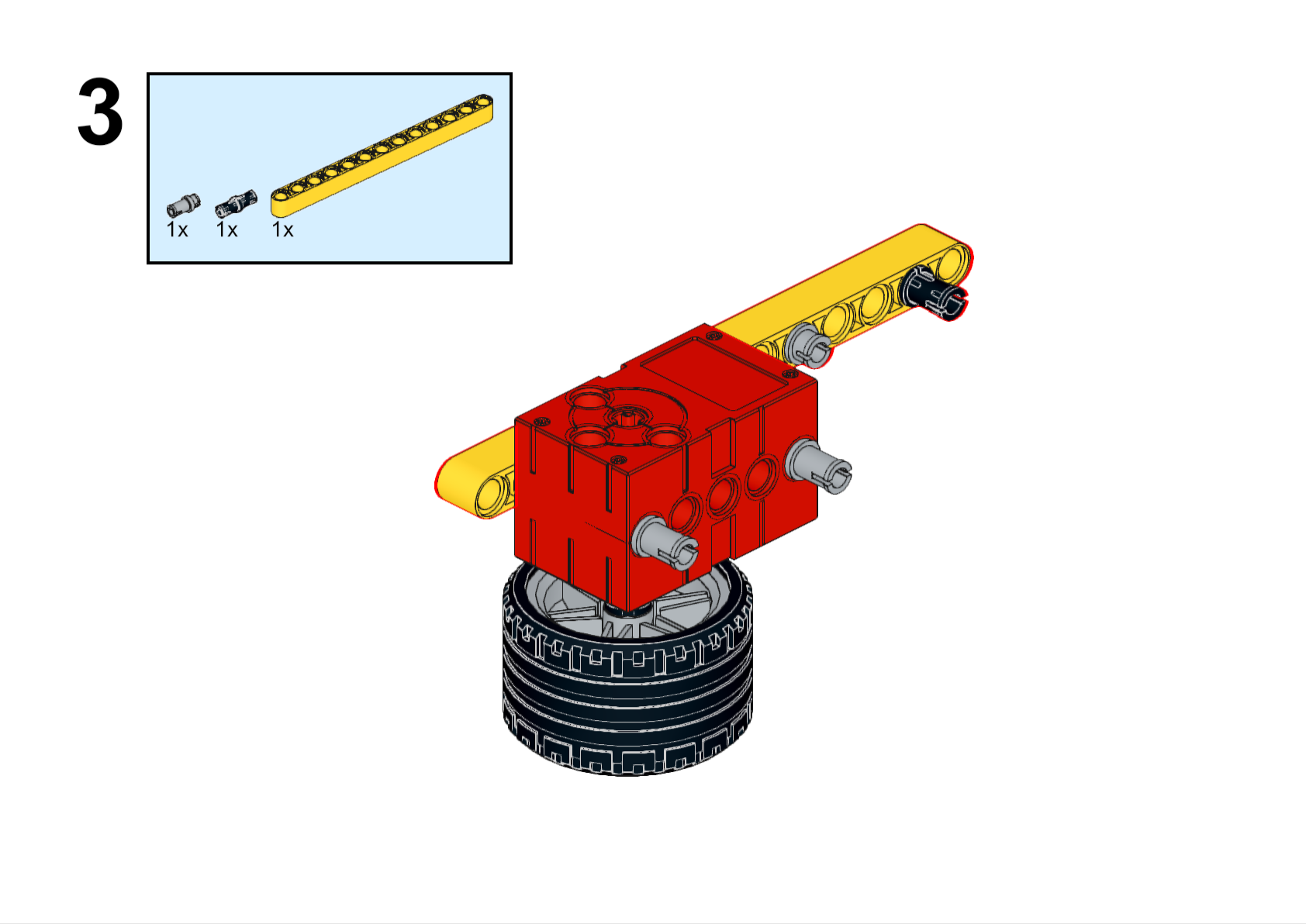
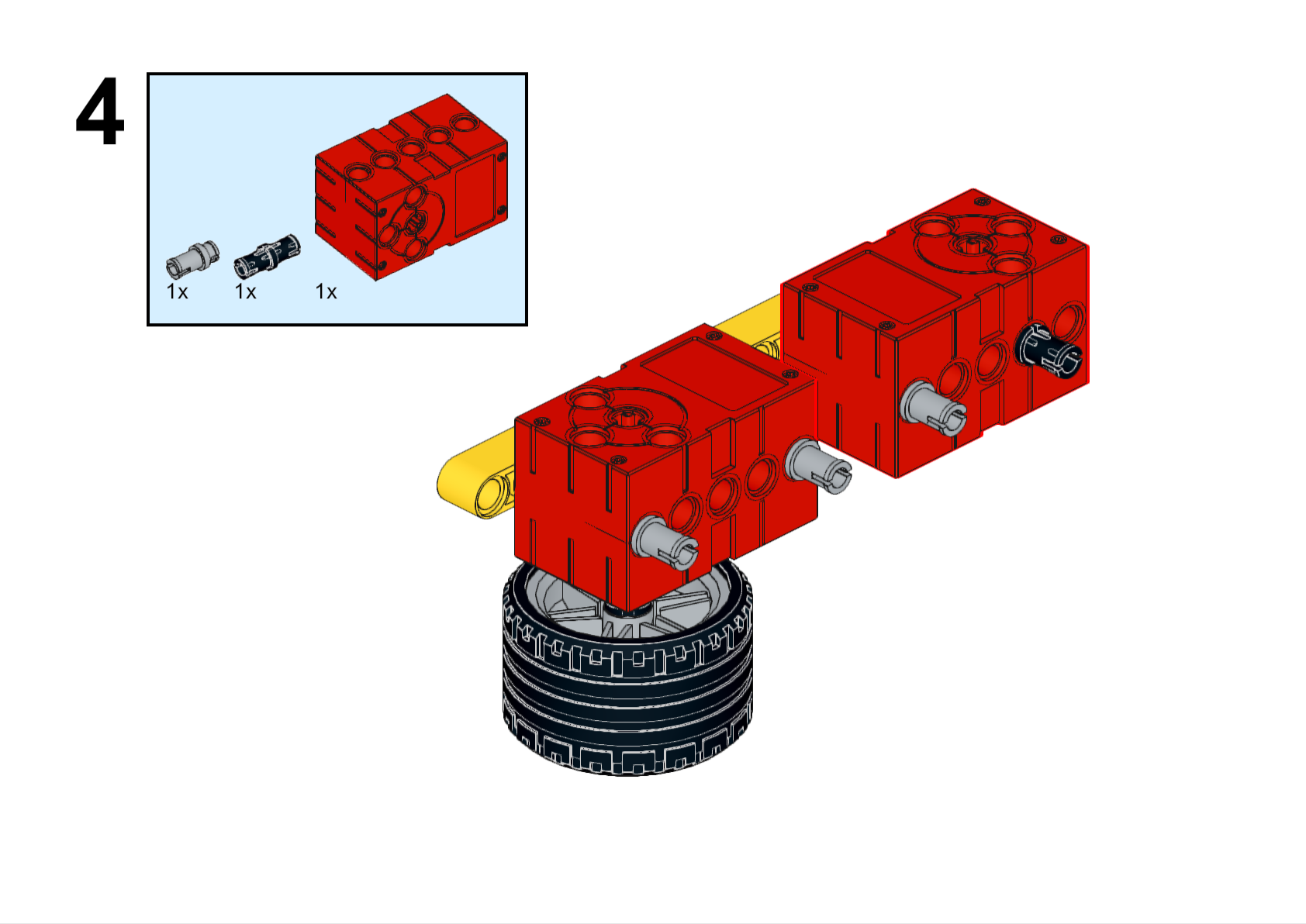
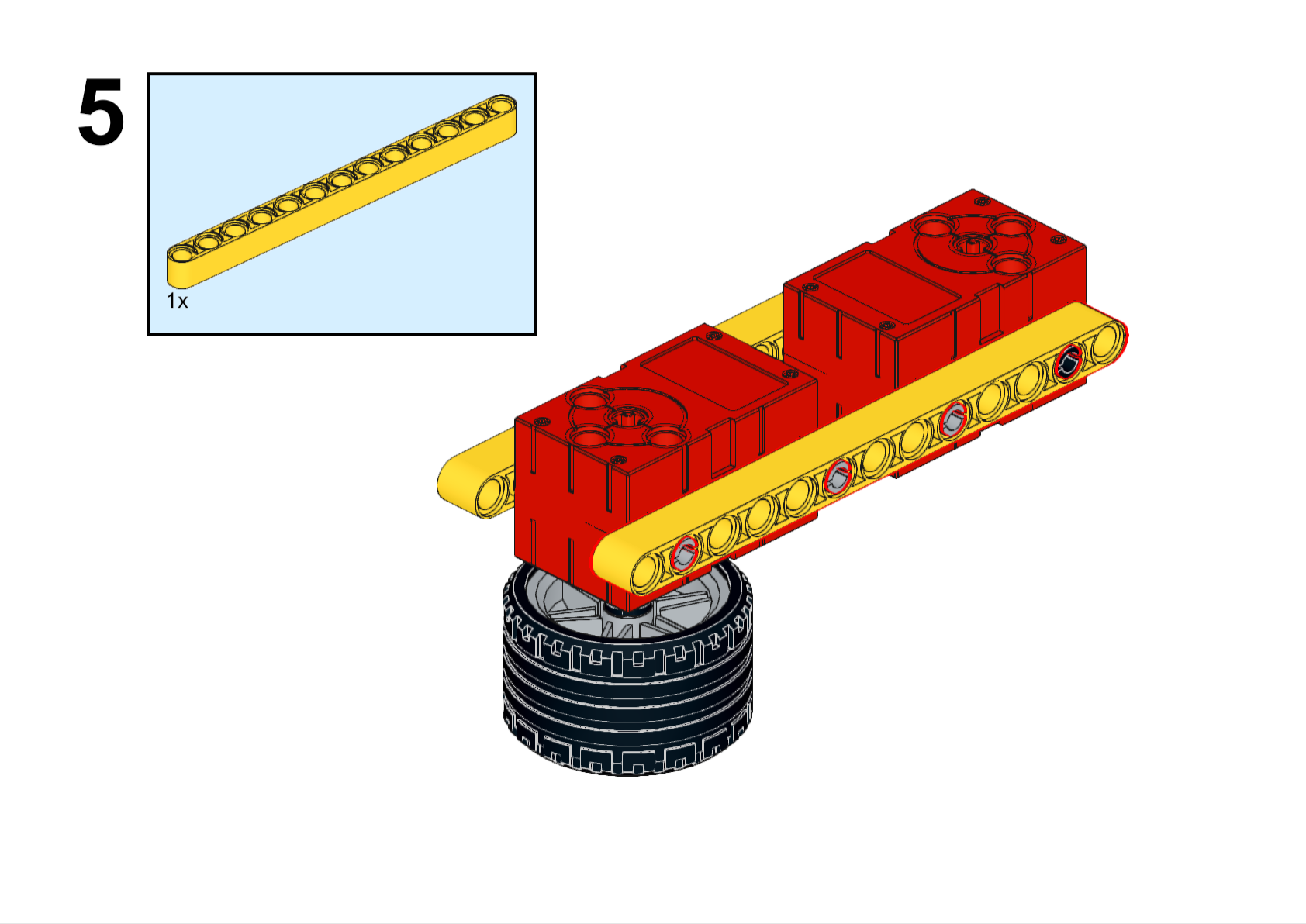
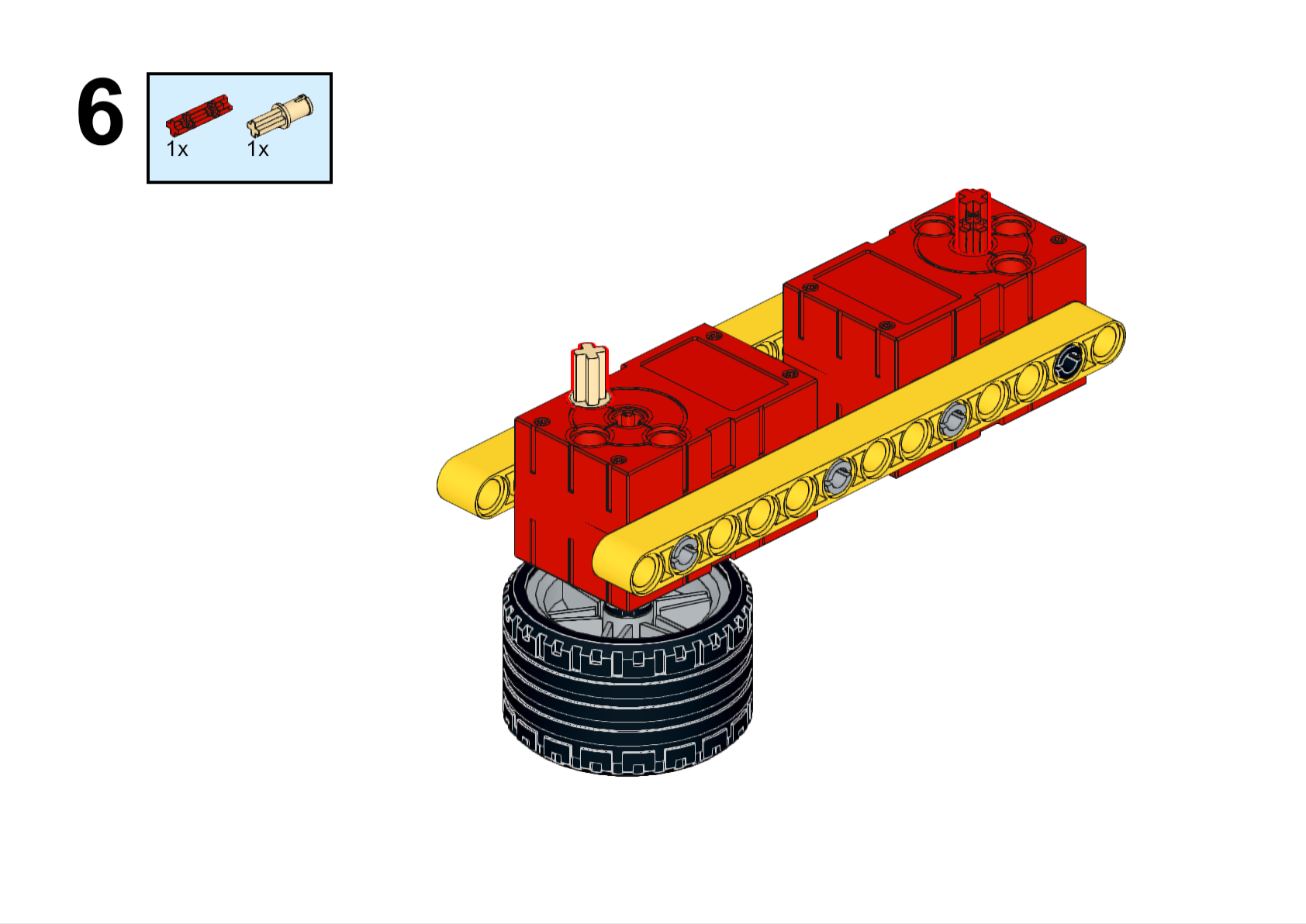
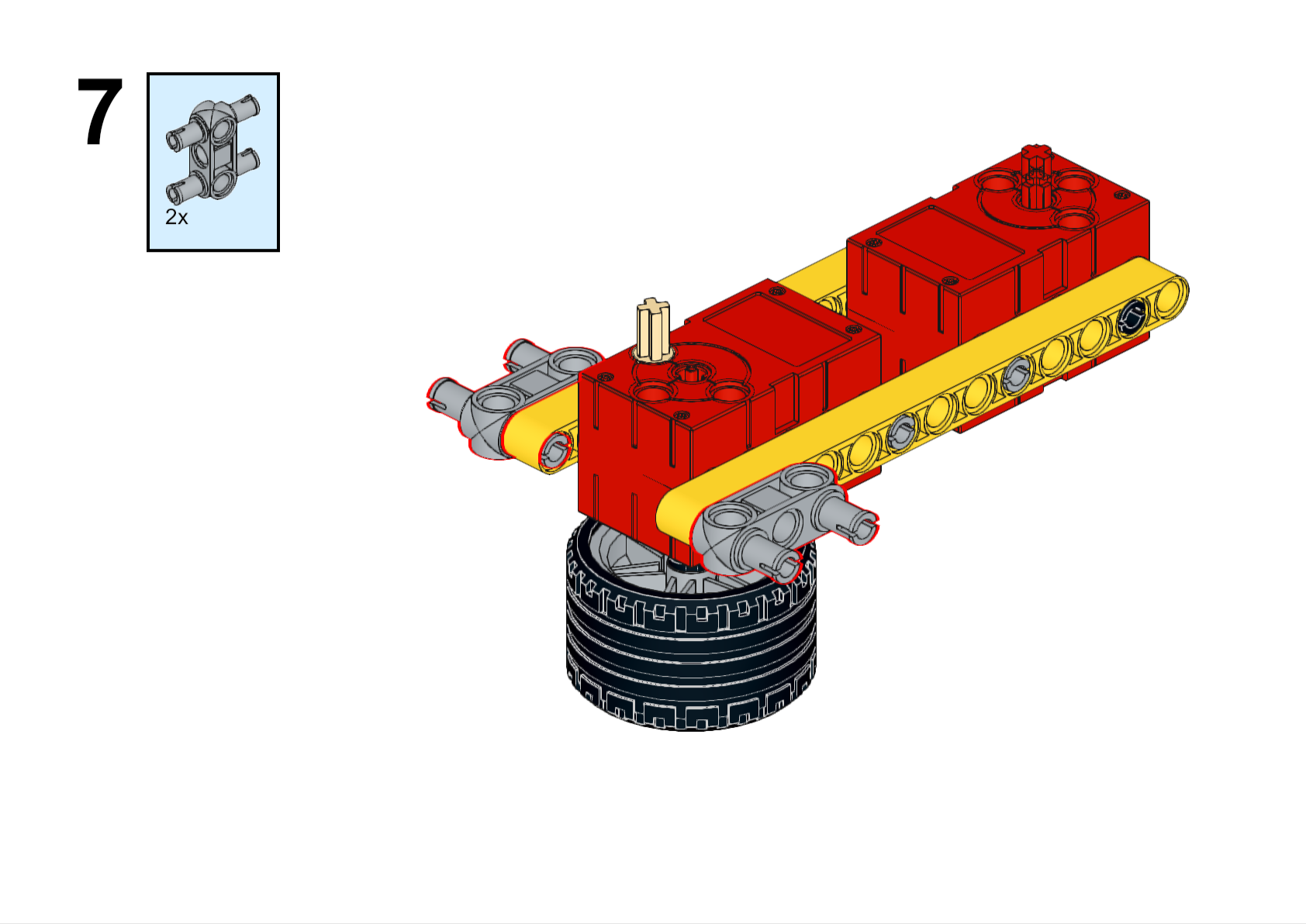
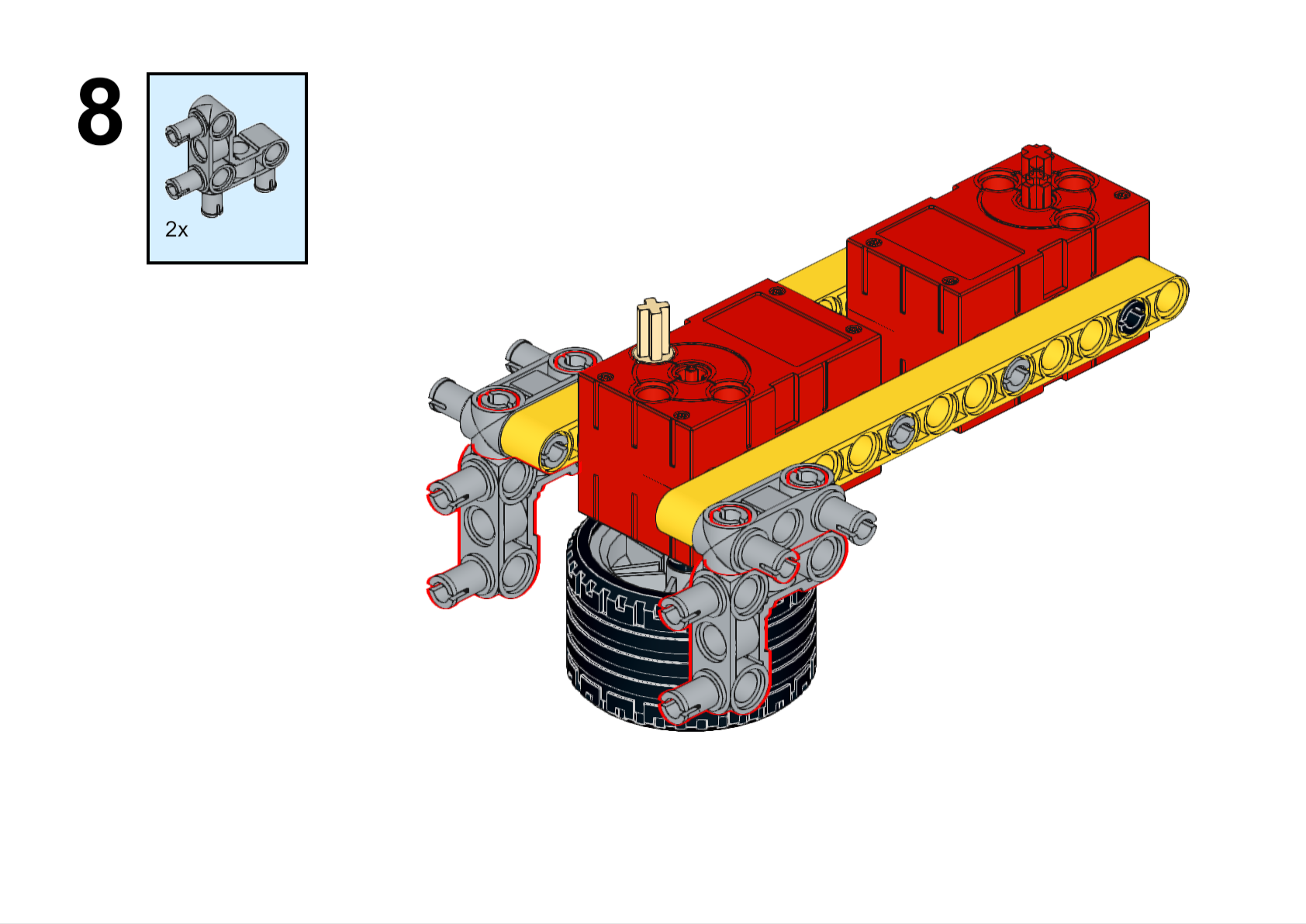
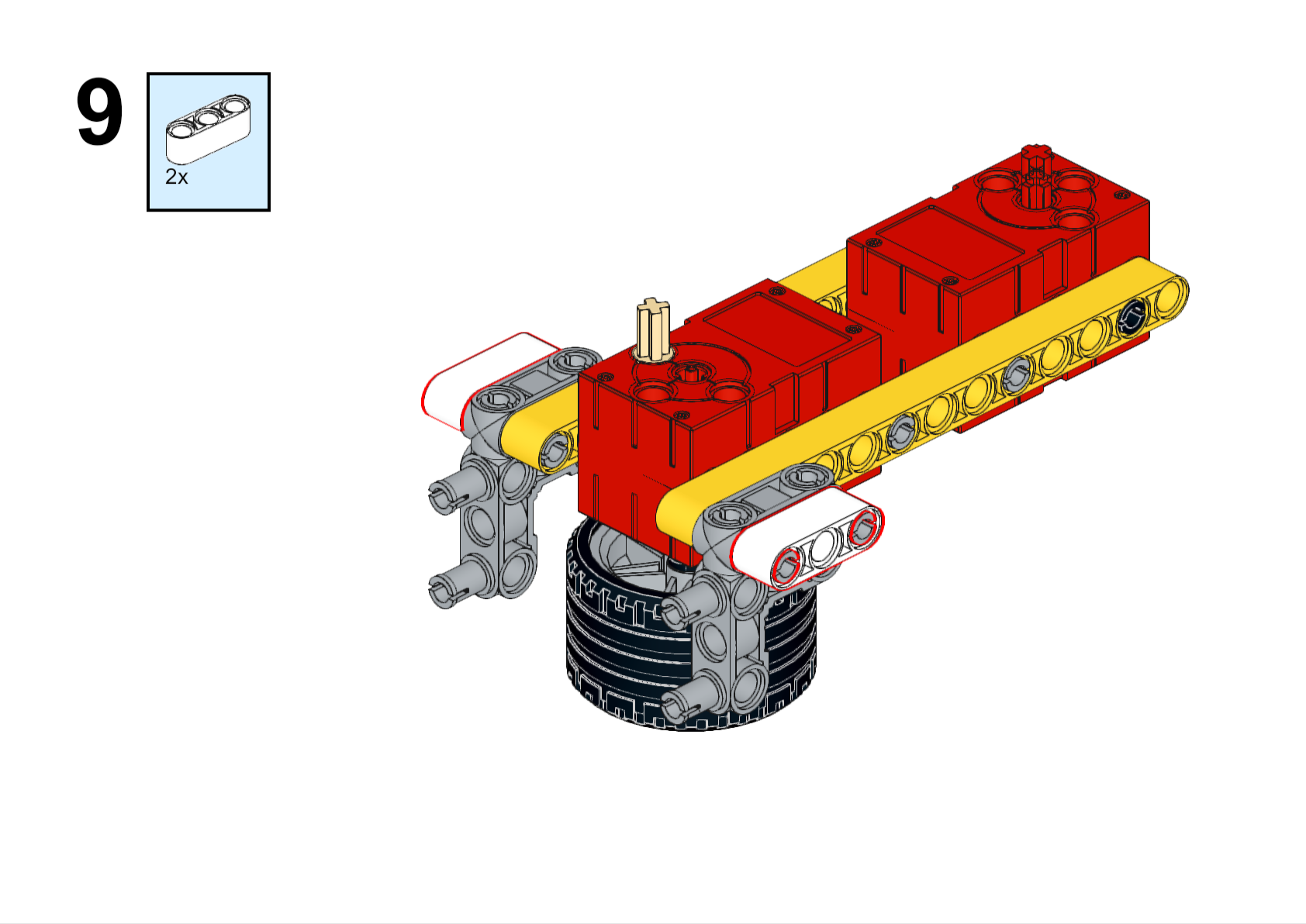
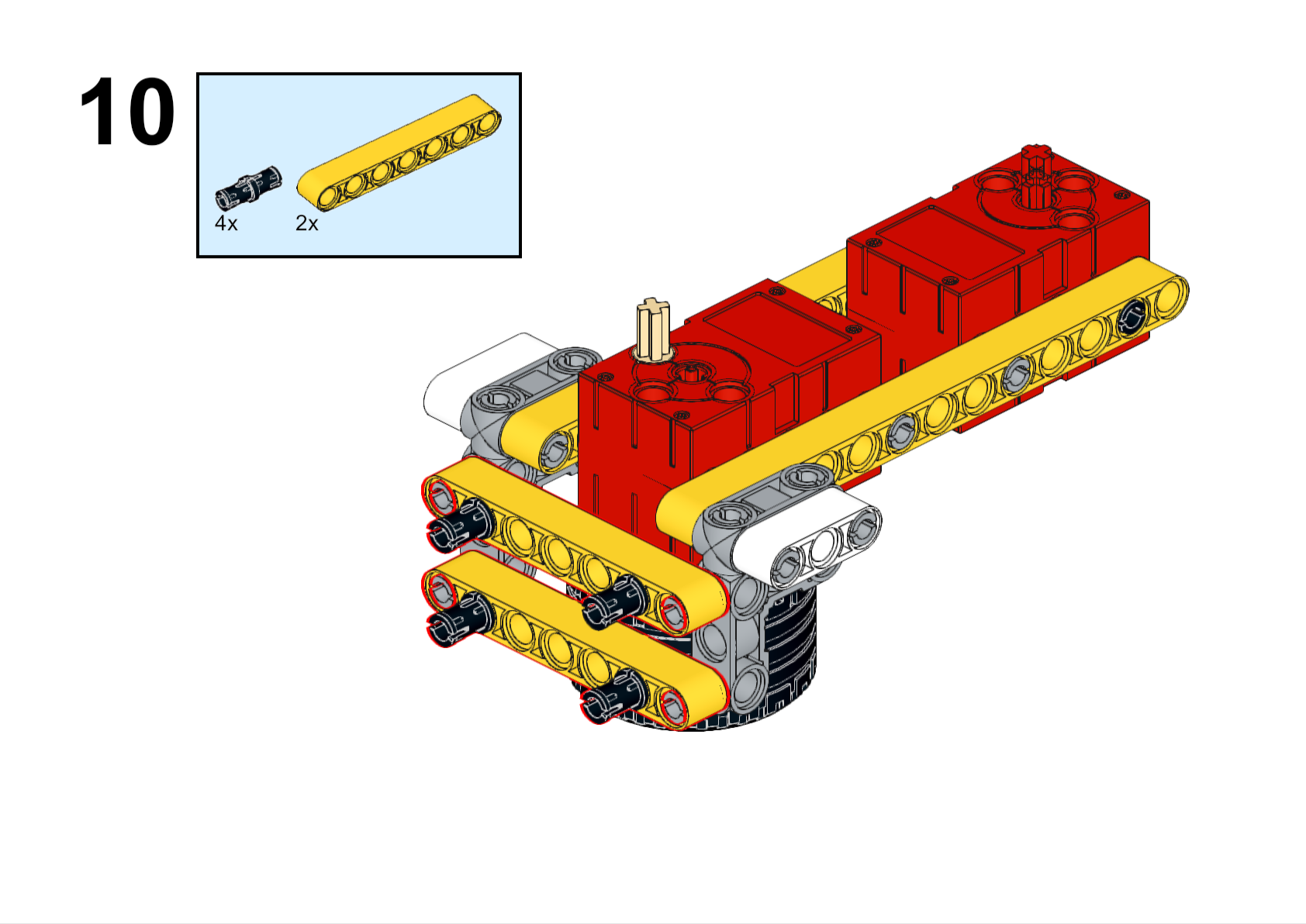
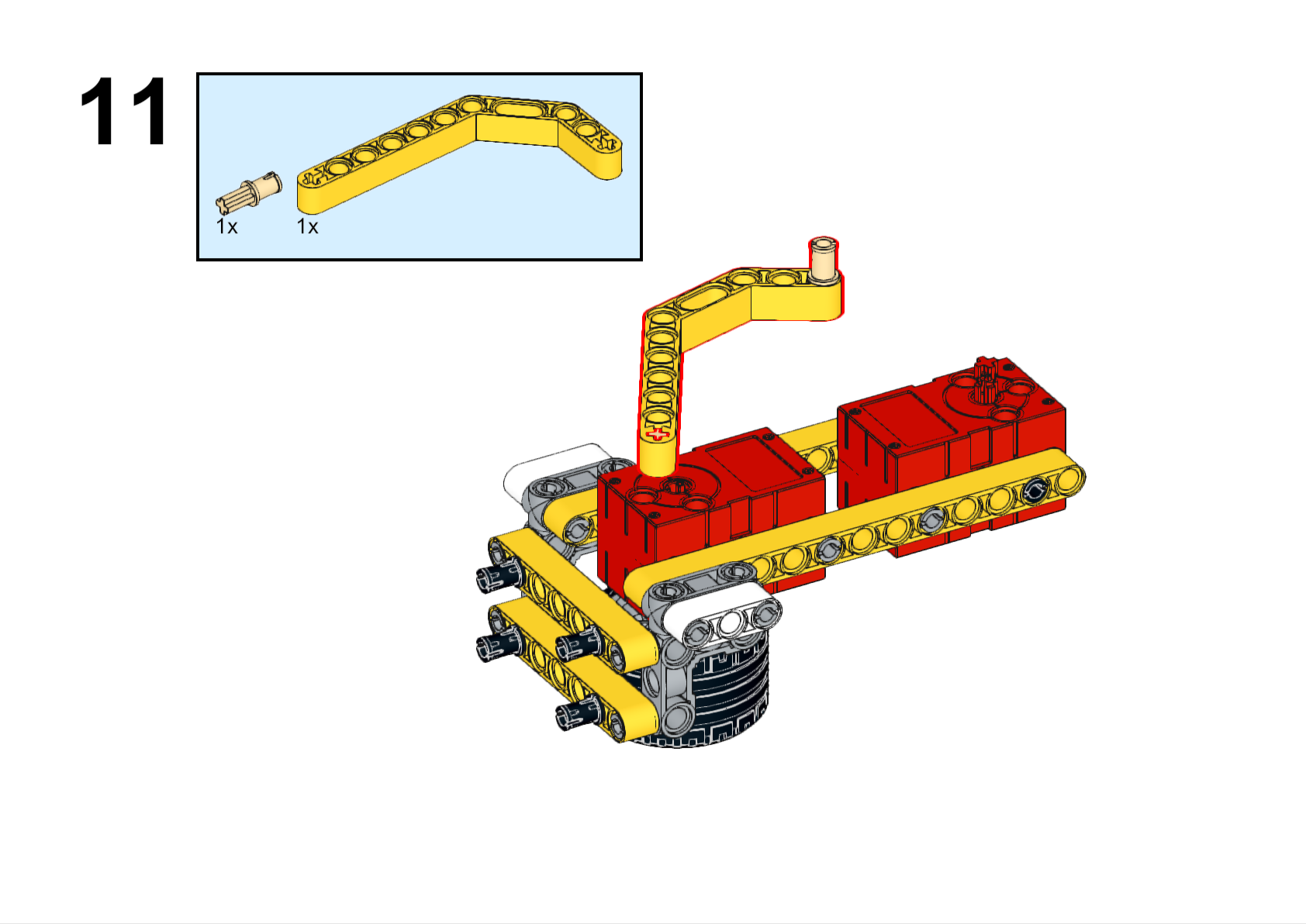
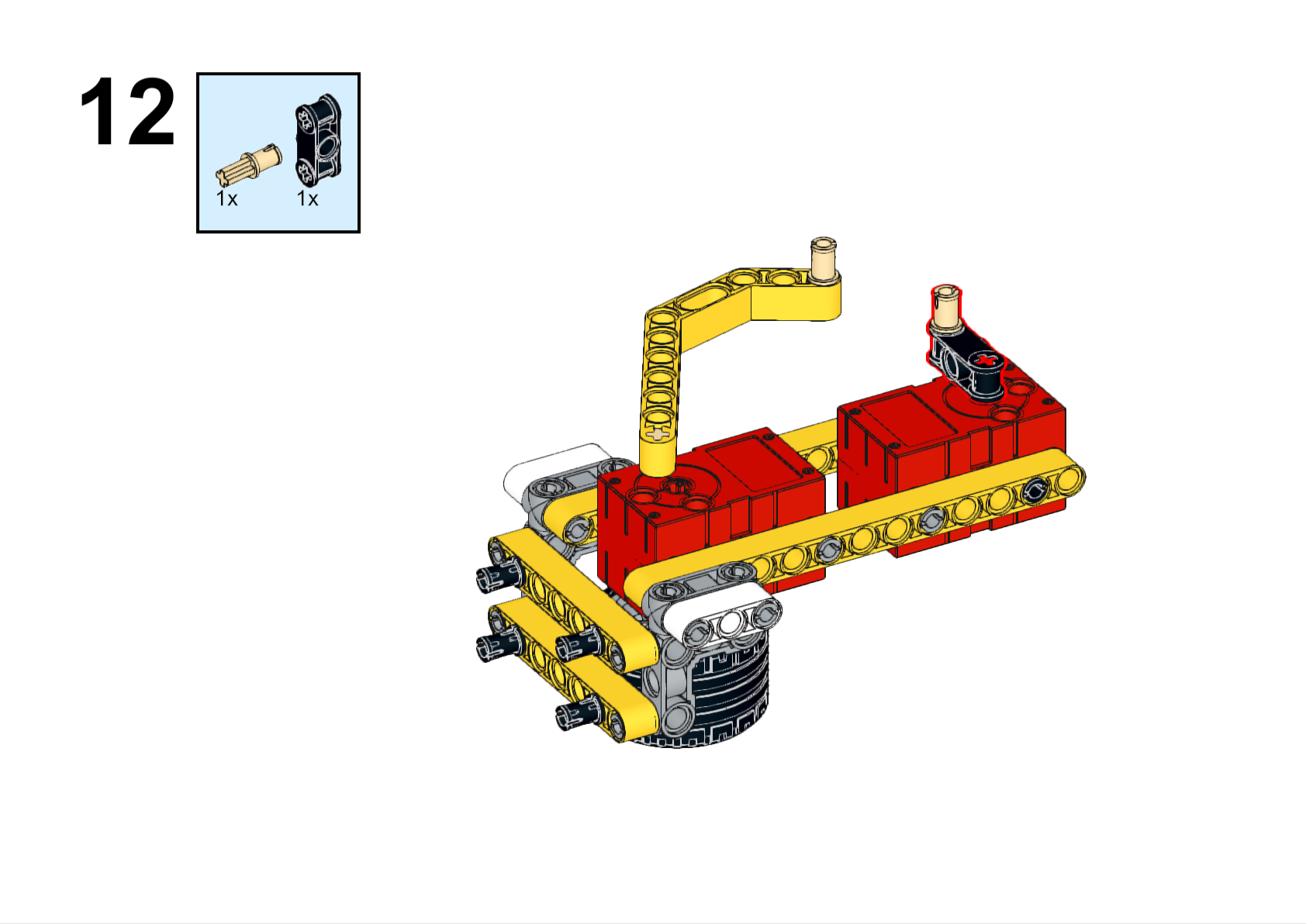
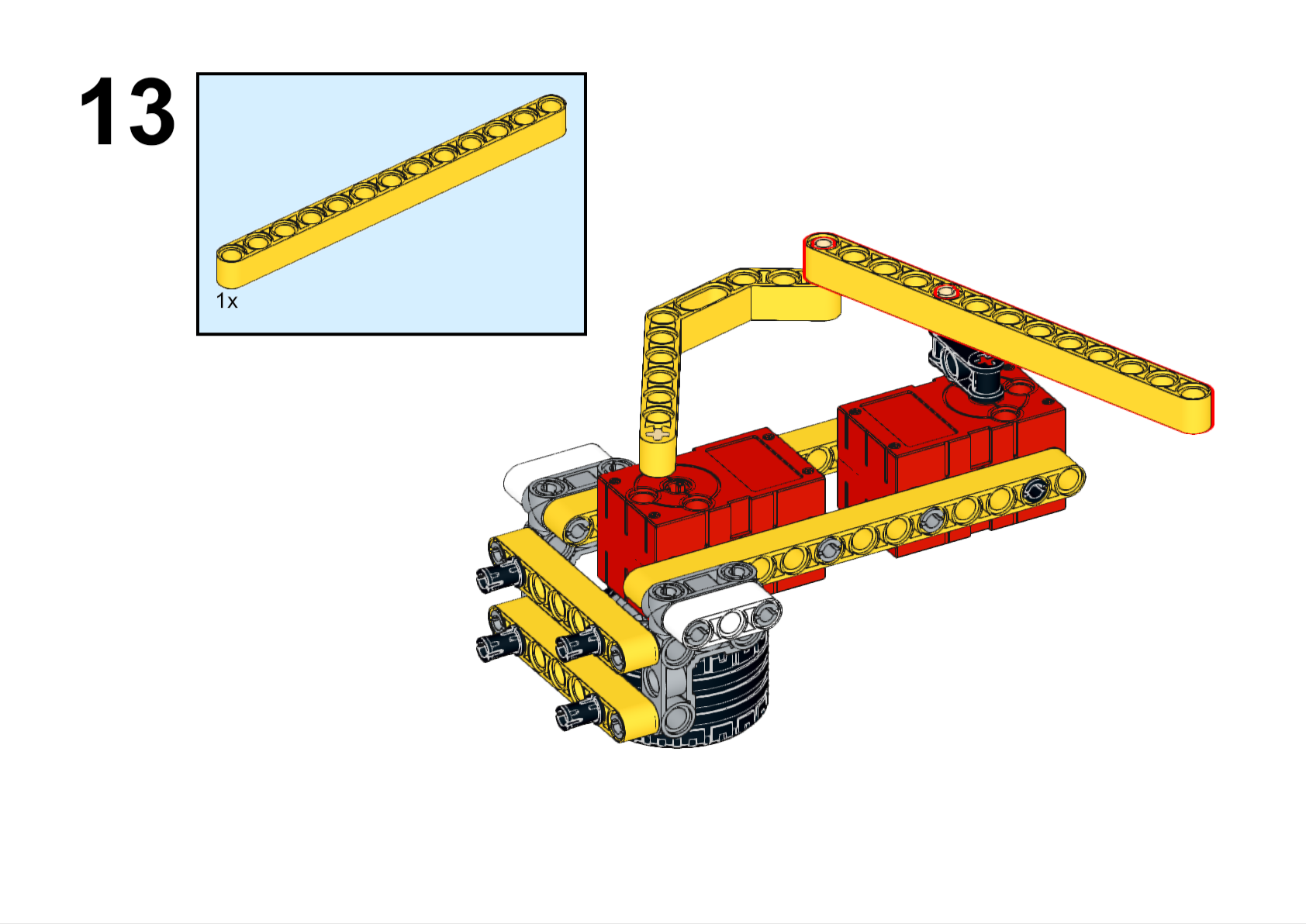
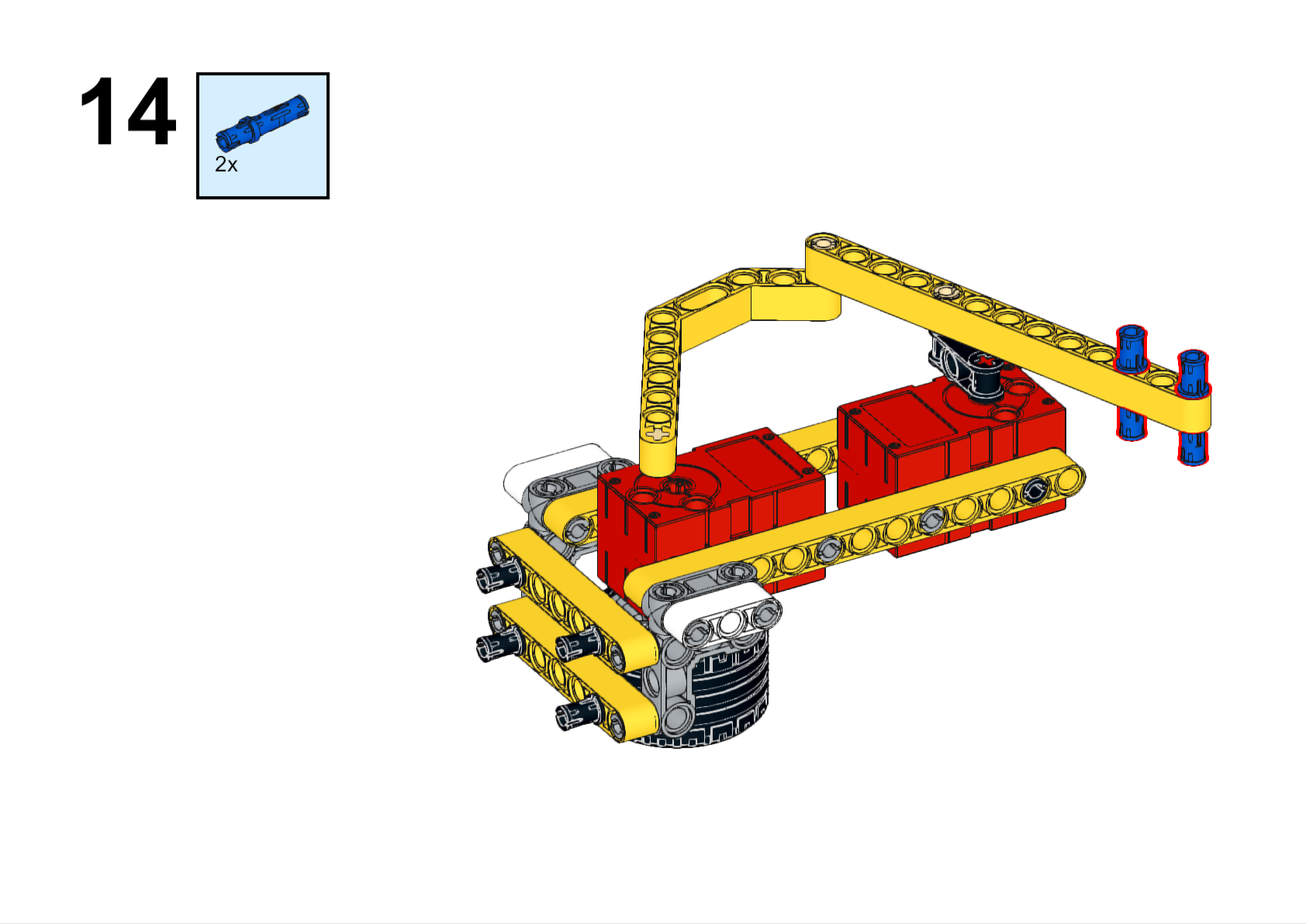
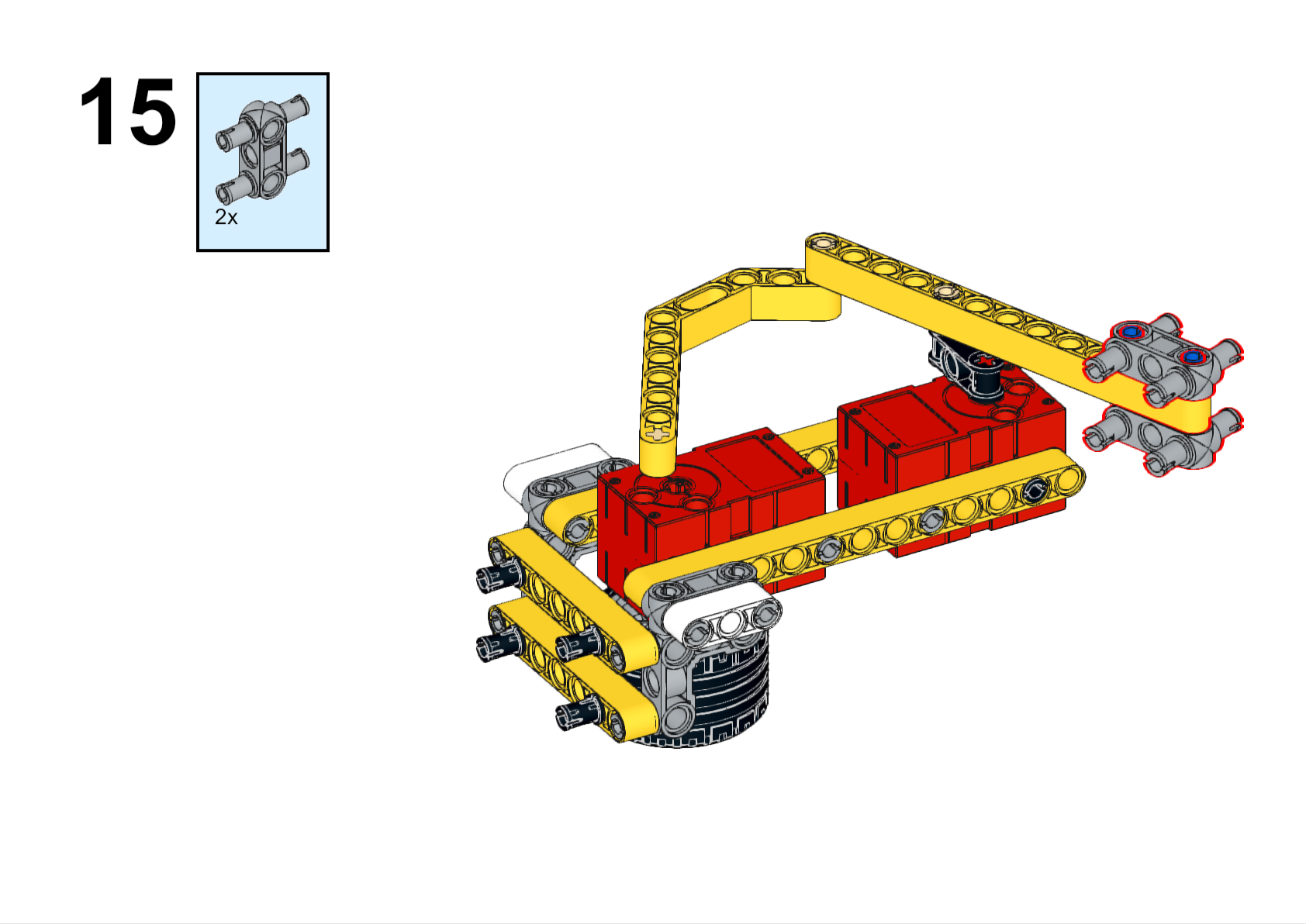
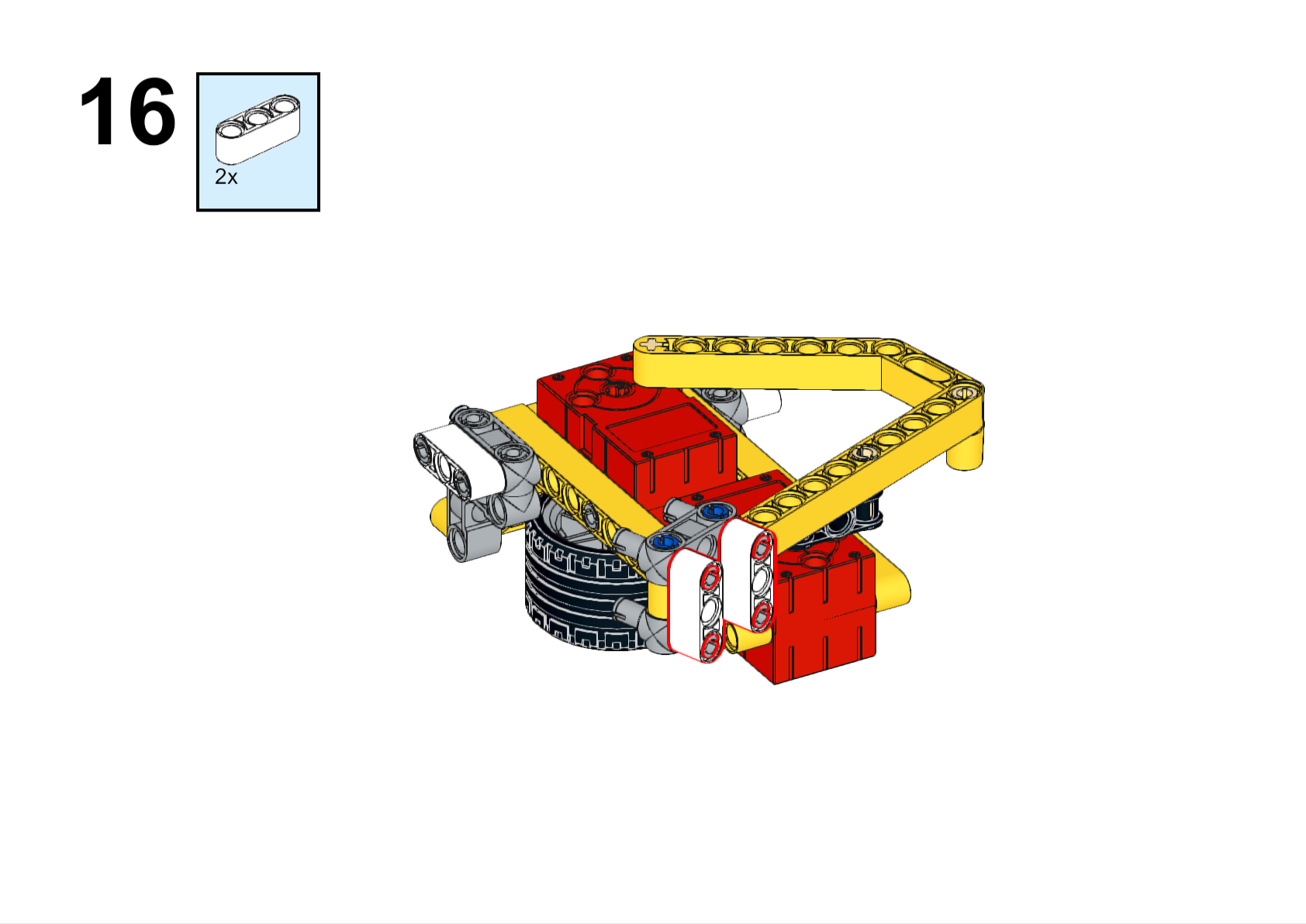
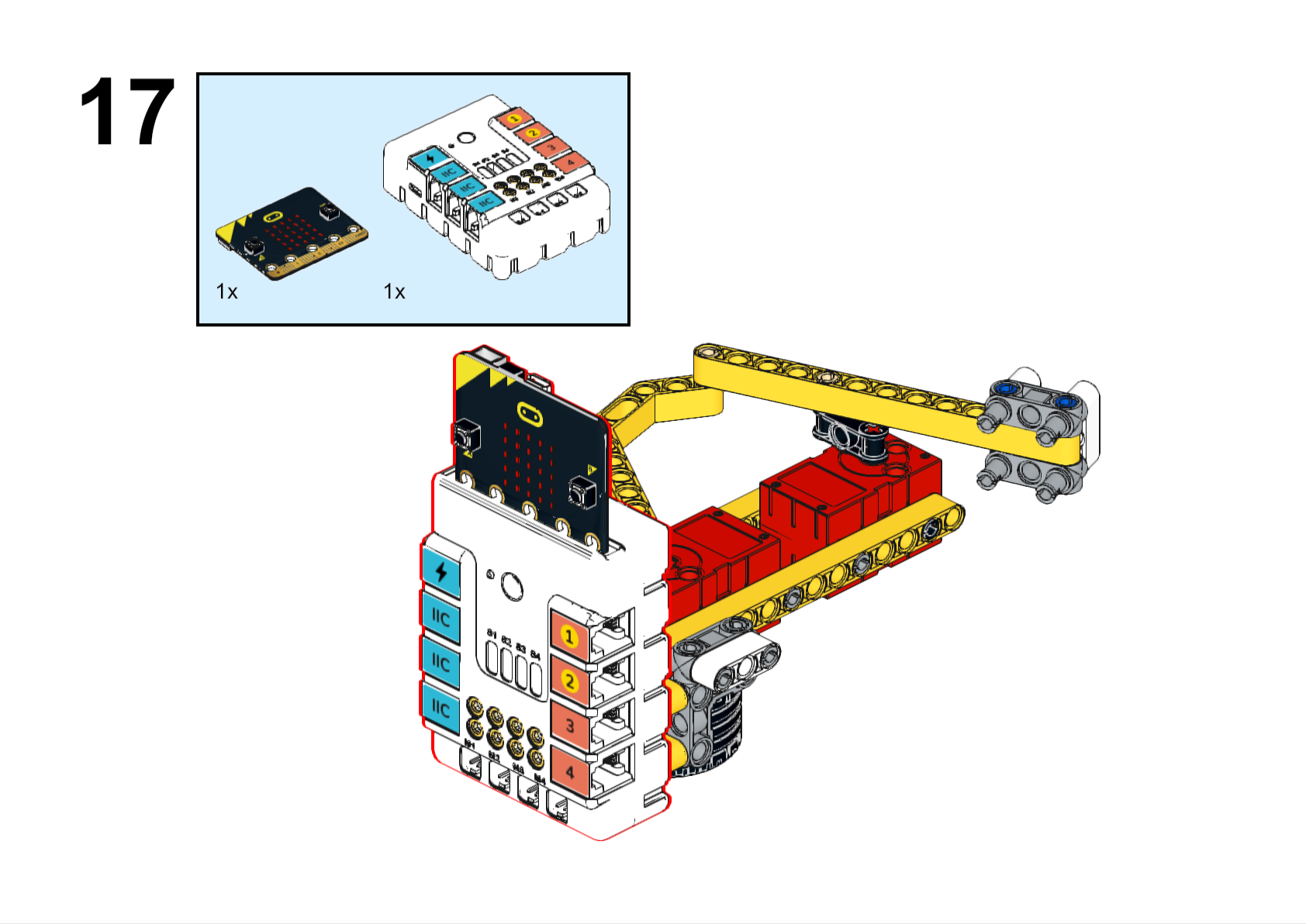
Completed

Hardware Connections
Connect the motors to M1 and M2 port on Nezha expansion board.
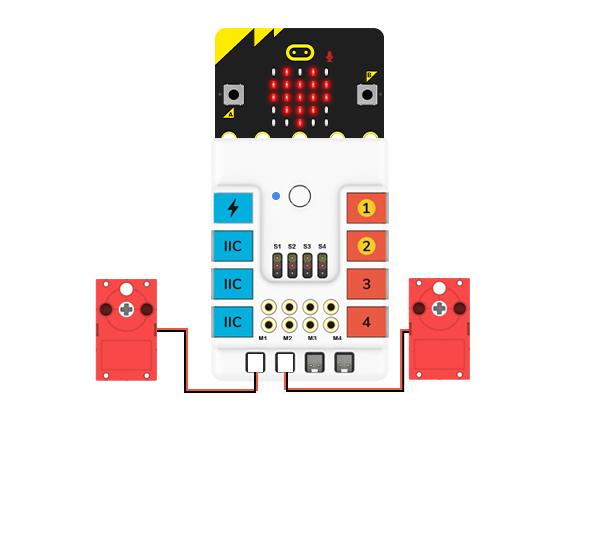
Programming
Go to makecode
Create new projects
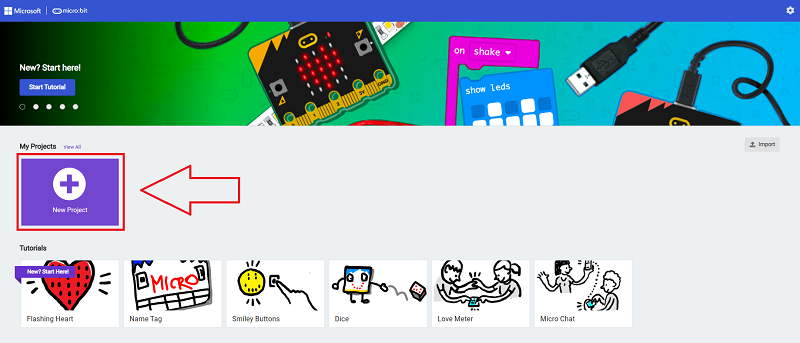
Click extensions
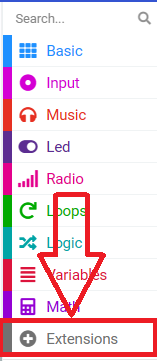
Search with nezha to download the package.
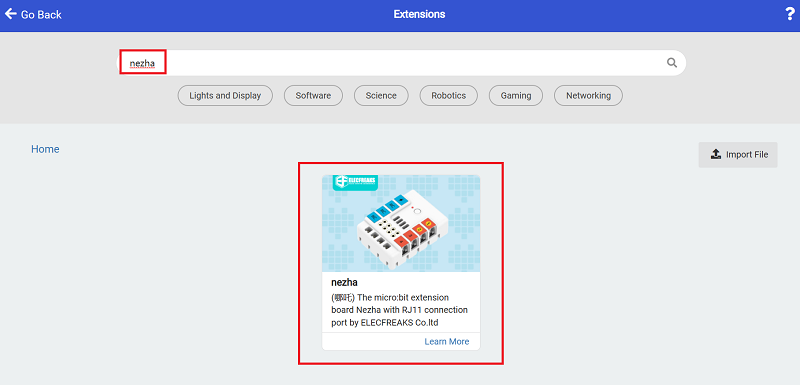
Code
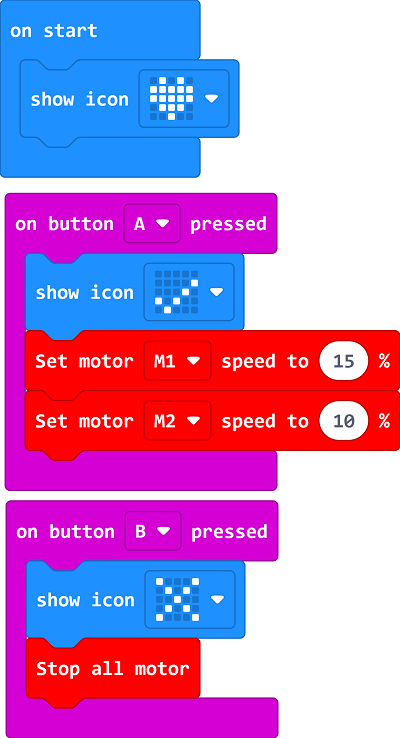
Link: https://makecode.microbit.org/_6XtEUqLd3UFL
You can download it directly below:
Demonstration
Present in groups and have each group of robots draw their own kaleidoscope and compare the results and outcomes of each group.
Examples
Press the A button on the micro:bit to start the robot drawing, press the B button on the micro:bit to stop.
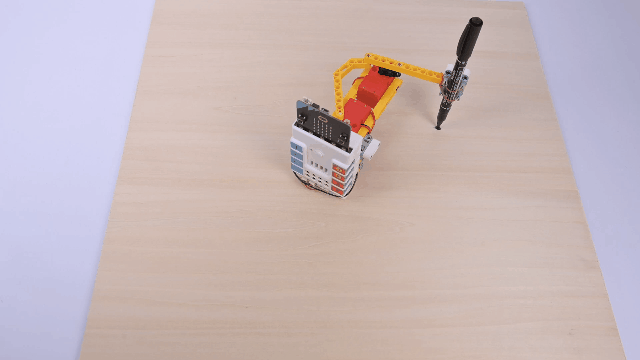
Reflection
Share in groups so that students in each group can share their production process and insights, summarise the problems and solutions they encountered, and evaluate their strengths and weaknesses.